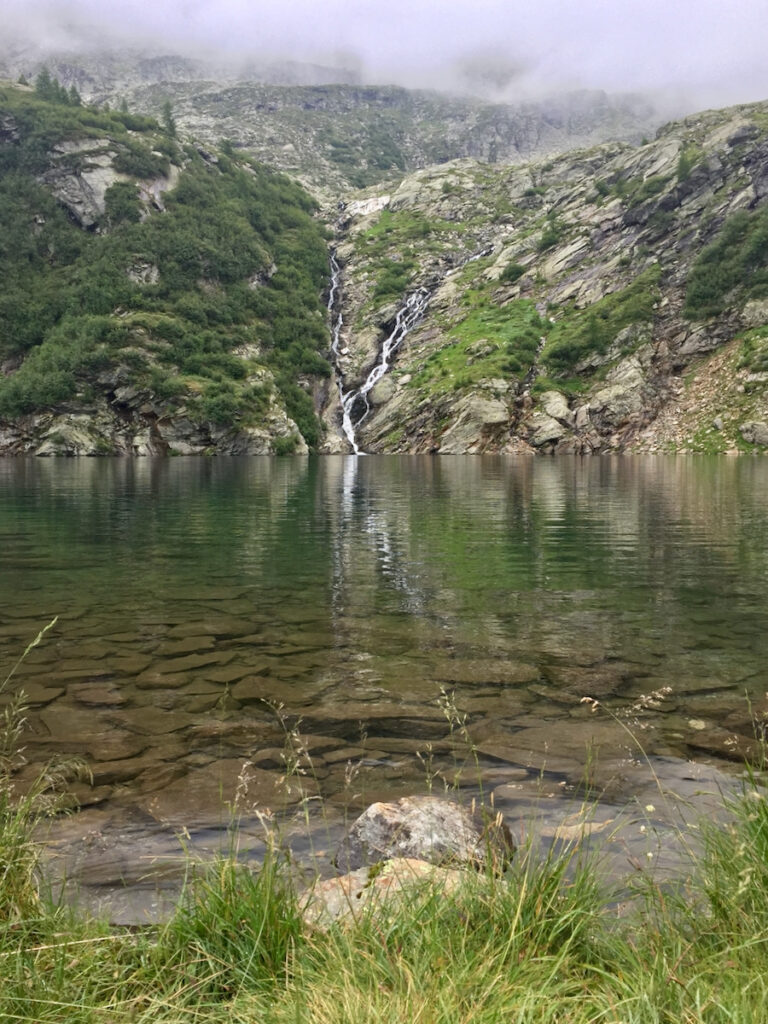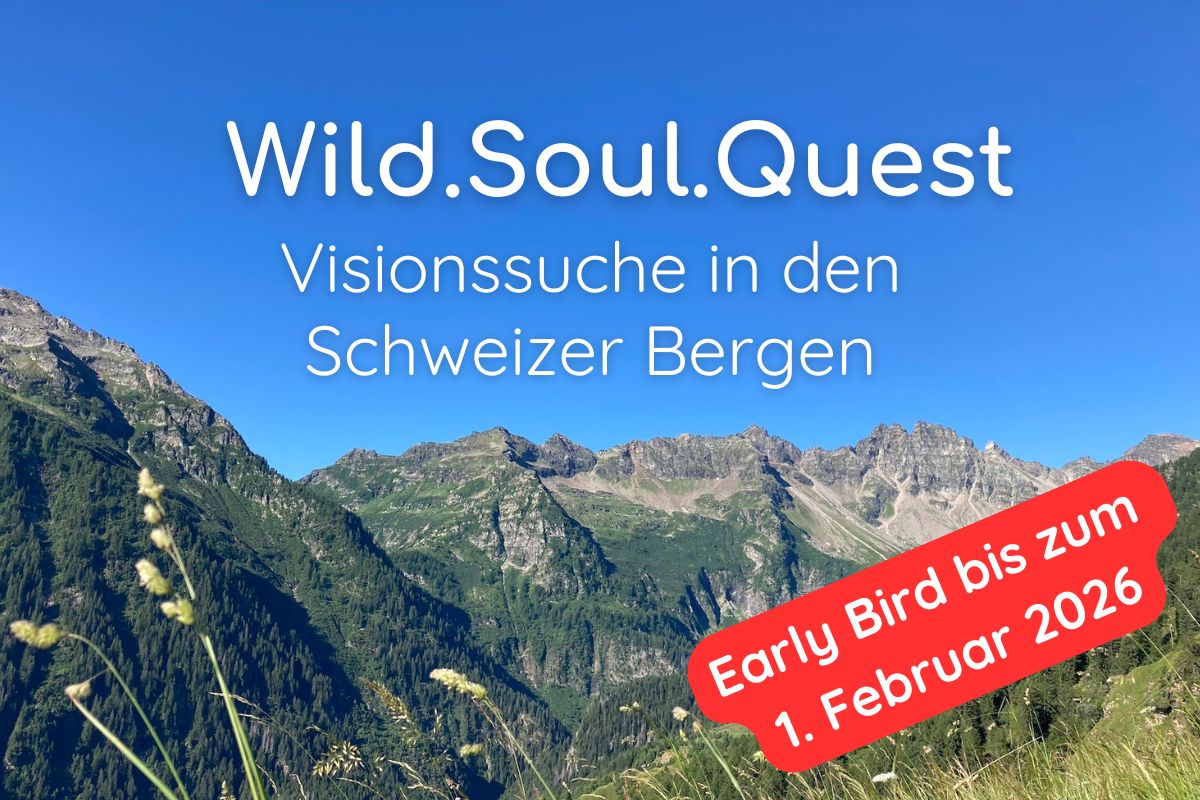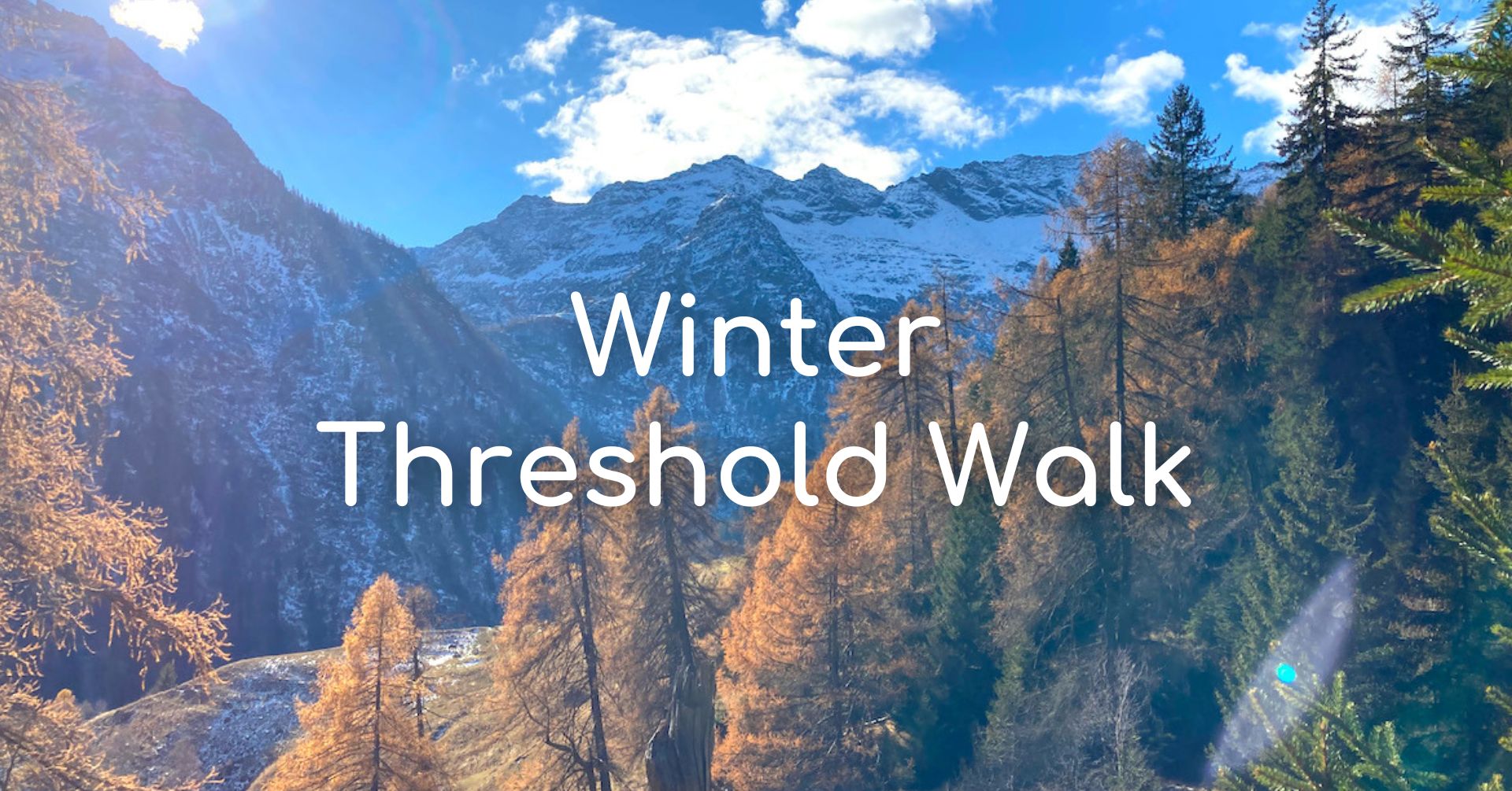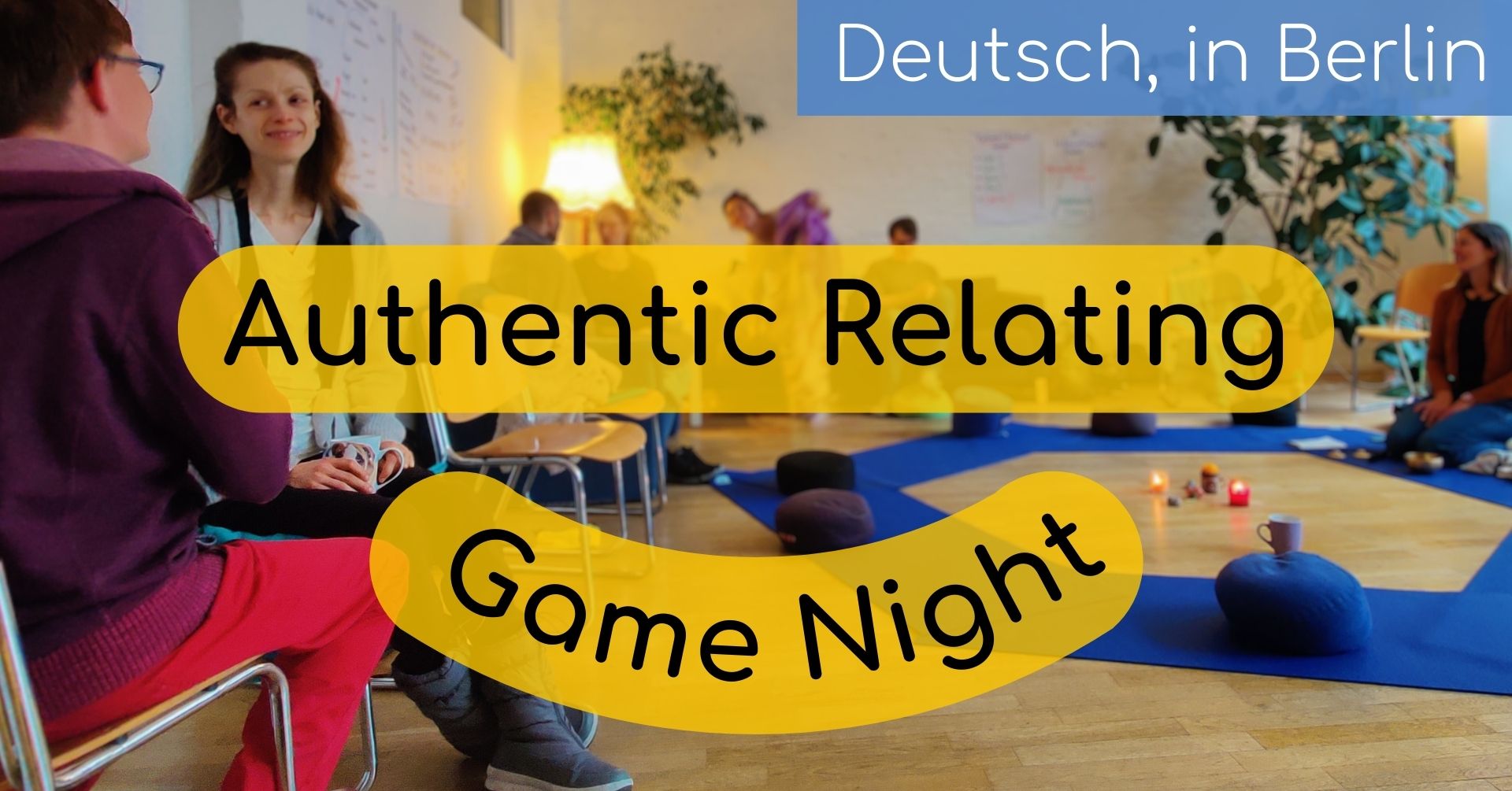Wild Coaching
All these years forgetting how easily you can belong to everything simply by listening.
David Whyte, The Winter of Listening

Visionquest Rite of Passage Program
Who are you becoming?
What are you leaving behind?
Who are your people?
What are your gifts?
What calls you forward?
…do these questions stir up your stomach and awaken your heart’s desire to savour the nectar it holds for you?
A visionquest, or vision fast, is the modern version of an ancient pan-cultural wilderness-based rite of passage. Its function is to accompany people through life transitions – like entering adulthood, midlife, or elderhood. The ceremony honors these transitions, and helps to harness the power laying in the transformation, ultimately so that it may serve their people.
During a visionquest, participants let go of what no longer serves them and embody who they are becoming. It is a practice through which we mark the end of a life phase and a new beginning. In it’s essence a visionquest is a practice of dying and being reborn to a life we claim as our own.

During which life transitions can a visionquest serve you?
- Ending-starting a new profession (being an employee, entrepreneur, scientist, manager, director, …) or changing the field you work in.
- Ending interpersonal relationships (divorce, breakup, illness, death, etc.)
- Starting a new societal role / new relationship (marriage, becoming a mother/father/grandparent, being socially active, etc.)
- Mark a life-phase change related to your societal role, identity and age (entering adulthood, mid-age, elderhood)
- Marking a healing / process of becoming whole of your personal development (becoming a woman / man, being worthy of love, making peace with past wounds, etc.)
- Marking the beginning of a phase of wandering and being reshaped (e.g. when taking a sabbatical year)
What happens at our Visionquest rite of passage?
During a visionquest, you spend time on the land in solitude, while being part of a group of participants who are going through similar and different deep reaching vulnerable transformations. The guides hold the space in which you experience and embody who you are becoming.
The program is a ceremony that takes place during 10-12 days. It involves 3-4 days of preparation, 4 days and nights of fasting alone in a wilderness place and 3-4 days of incorporation.
1. Preparation
As you separate from your daily life, you leave behind what no longer serves you. As guides, we support you in the identification and expression of the transition you are marking. We prepare you to become ready physically, emotionally and spiritually for the fast. We introduce you to the Human Development Wheel Model, a map helping you to navigate your transition in a holistic way and we offer ideas about how you can design ceremonies supporting you to uncover and embody your purpose.
2. Solo time
You spend 4 days and 4 nights fasting in solitude in a wild place in nature with a bare minimum of equipment. The guides stay close to you in a base camp, ensuring your safety and support in case it’s needed. You have a buddy-companion in walking distance to whom you regularly leave a sign of your well-being.
The solitude nourishes your imagination and your memory. Mirrors provided by the wild environment inspire and challenge you. As you surrender to being with what is, nature may share symbols, images, encounters, songs and stories talking to your essence and the questions you carry. As you wash away what is not anymore serving you, you melt and are reshaped.
3. Incorporation
After 4 days, you are warmly welcomed back with a feast. We share stories in the circle and you confirm who you have become. The guides listen, help you understand and challenge you to translate your inner experience and root it so that you may bring the gifts you received back to your contexts. The integration of a visionquest takes about one year. After the visionquest you will be invited to join two meetings online, you can join regular threshold walks and can book further 1-to-1 meetings with your guides to support your incorporation.
… to be human is to become visible while carrying what is hidden as a gift to others.
David Whyte
What is a rite of passage in the form of a Visionquest?
A visionquest is a rite of passage helping to mark different types of transitions. Its central piece consists of spending 3-4 days and nights in solitude in the wilderness while fasting. This is a time of being, not doing.
When the time is ripe, a caterpillar stops doing what it was doing for all its life, finds the right place and retreat in its cocoon. While being in the protection of the cocoon, a complete transformation of its organs and its abilities takes place. The caterpillar cannot imagine that it will develop the ability to fly, it only knows that it is leaving behind everything it knows.
In a similar way, participants of a visionquest go through an intensive process of letting go of past identities, habits, beliefs, etc. and practice trusting the process of their personal development.
Participants who come to a visionquest feel called to spend time on the land, in a place that will hold and transform them. Nature’s effect is one of a cradle, which is big enough to hold us in our despair and not knowing, in our exuberant childish curiosity and innocence, in our clarity and deep rooted wisdom. The land exposes us to the mystery of life and death. It reminds us of our birthright belonging to this living planet.
A rite of passage is a ritual done by a group of people to mark and embody a life transition. A rite, or a ritual, is a process done individually or collectively with a clear intention, a start, middle part and an end.
In the western World, we go through major life changes, like a girl beginning her first menses, children leaving home to study/live by themselves, a divorce, the death of a dear one, all without honoring the change within a supportive community of people who genuinely cares about us and who can help us make sense of what is happening. In societies where people live in healthy communities, every life transition of a community member is celebrated and supported through various rites of passage. For instance when ready, boys and girls were sent out of the village with the support of guides, to come back as men and women who would take up new status and roles in their communities.
The visionquest is a modern rite of passage that has been brought back to the West with the help of people like Steven Foster and Meredith Little from the School of Lost Borders in the ‘80. During their work in a suicide prevention centre they realized that people did not call because they wanted to physically die, but rather because they wanted a part of themselves to die. Steven and Meredith started to run programs with youth to support them in their transition towards adulthood and researched how indigenous communities all over the World used to support life transitions. Over time they identified the “bare bones” – key elements most rites of passages had in common and applied them in the modern rite of passage we call a visionquest.



